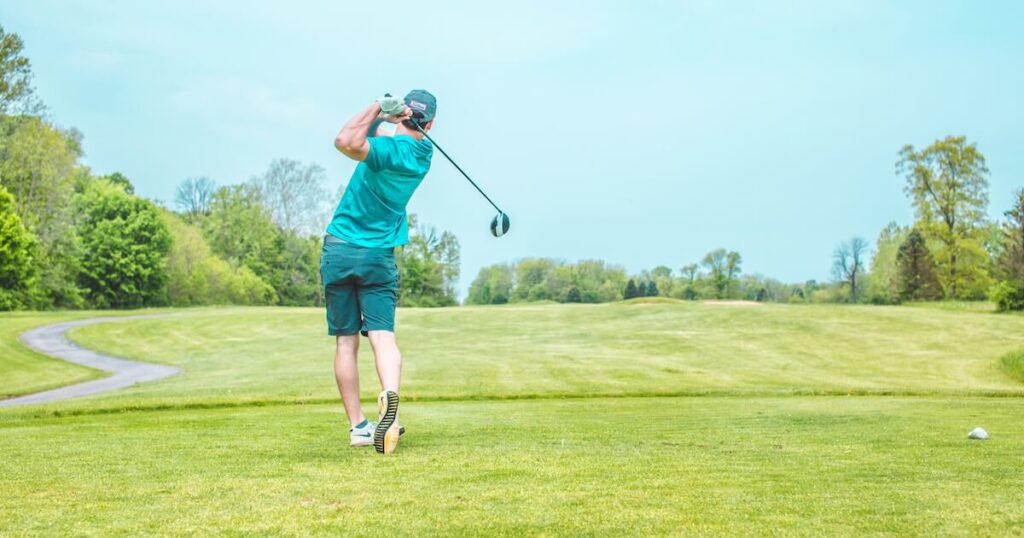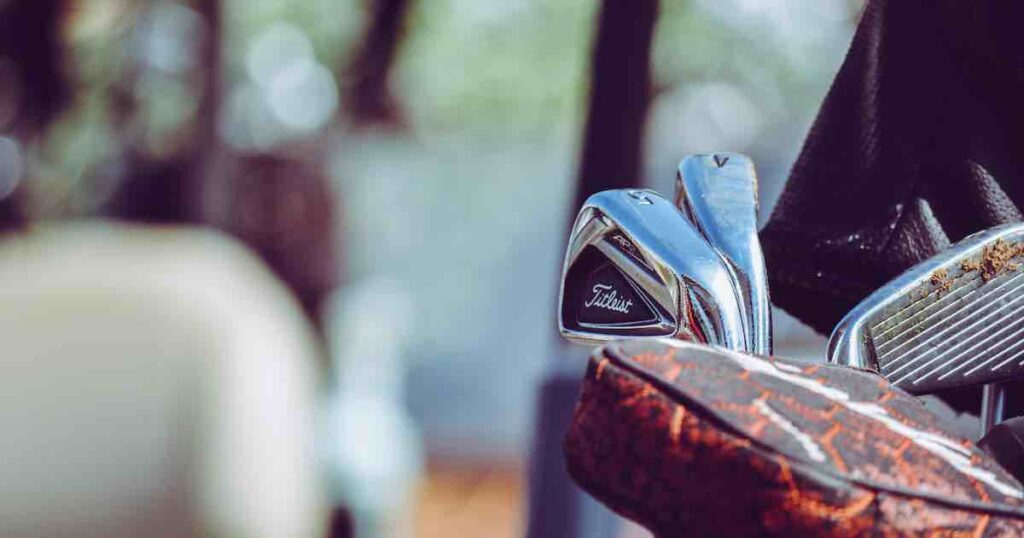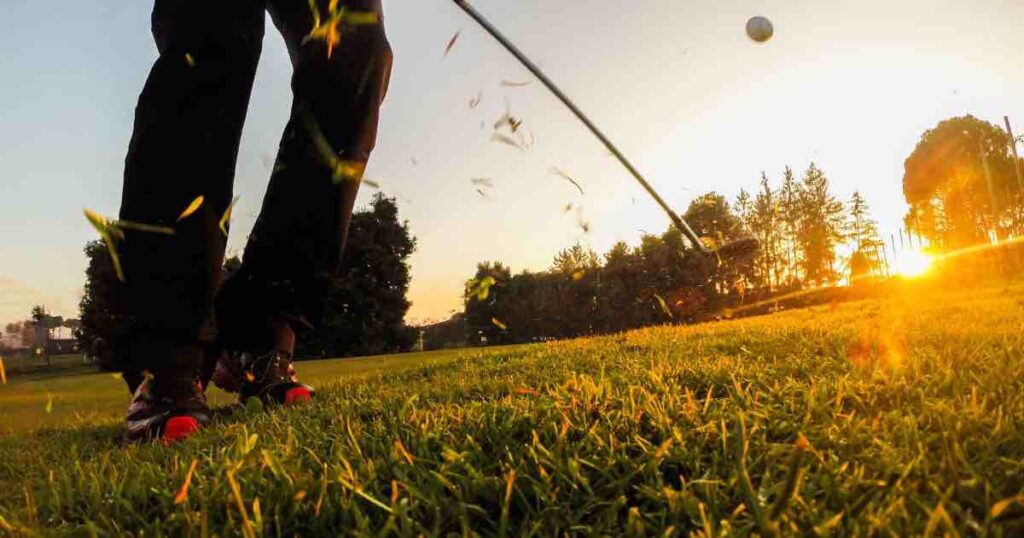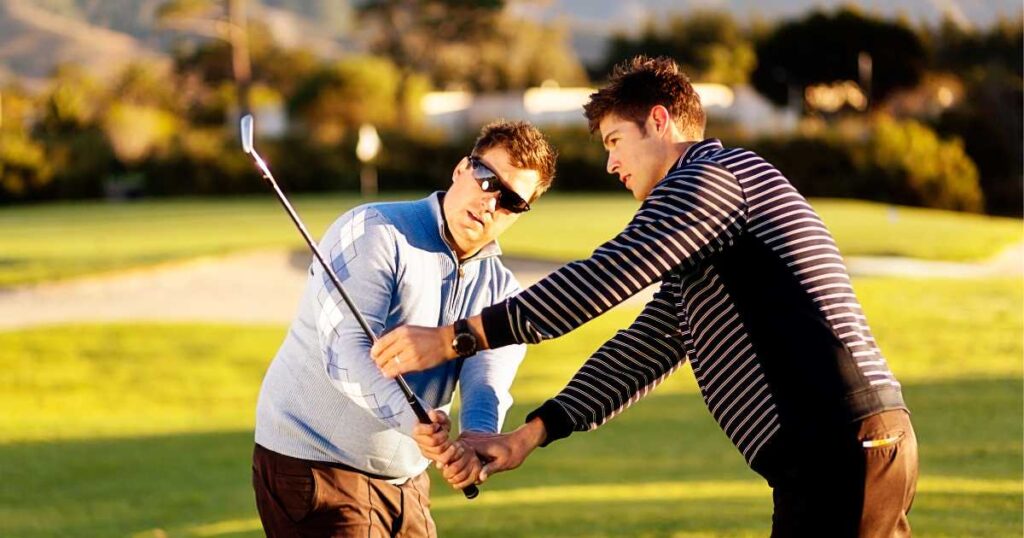The ability to hit a draw in golf is a powerful tool in any golfer’s arsenal. Understanding how to draw a golf ball can help overcome wind resistance, traverse tricky corners, and add more roll to your shots. Successfully hitting a draw requires the correct grip, setup, and swing path. The following sections will delve deeper into these steps and provide practical advice on how to hit a draw in golf.
WHAT IS A DRAW?
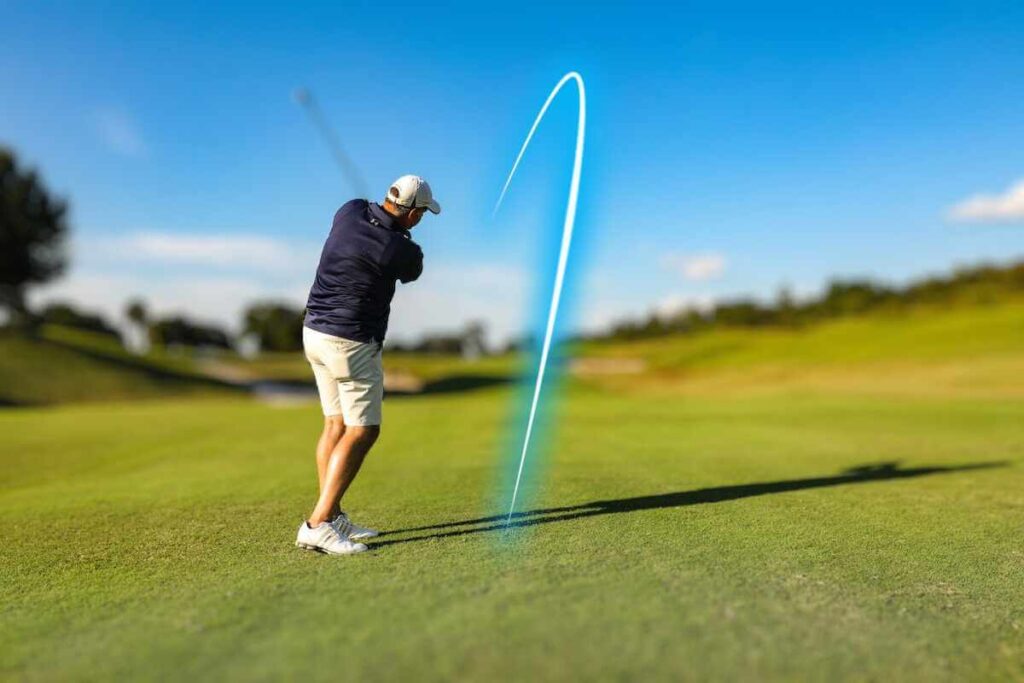
The Role of Grip
Clubface Position & Alignment
How to Hit a Draw in Golf: 6 Steps
- Initial Alignment: First, aim your body (feet, hips, and shoulders) to the right of your target (for right-handed players). This alignment encourages an in-to-out swing path, essential for hitting a draw.
- Clubface Positioning: Position your clubface so it’s slightly closed for your alignment but facing the target. Remember, it should still be open relative to the swing path you will take while aiming to the right (for right-handers). This balance creates the ideal spin necessary to make the ball curve right to left.
- Grip: A strong golf grip can help facilitate a draw. Hold the club in your fingers, not your palms, to let the wrists hinge correctly. Rotate your left hand (for right-handed players) slightly to the right so you can see more knuckles than in a neutral grip.
- Swing Path: Execute a swing that moves from inside to outside. Imagine the golf ball is the center of a clock, and your club is moving from 7 to 1 (for right-handed players).
- Impact: At the moment of impact, your clubface should be slightly closed relative to the target line but still open compared to the swing path. This generates the spin necessary for a draw.
- Follow-through: Continue with a complete follow-through with your body rotating towards the target. This ensures the ball stays on the intended curved path.
Common Mistakes & How to Avoid Them
Incorrect Alignment
One of the most common mistakes is aligning the body directly toward the target instead of slightly to the right. This mistake leads to a swing path that is too direct, which is unlikely to produce a draw. Practice your alignment using alignment rods or clubs, ensuring your body is positioned to the right of the target.
Improper Grip
An overly tight or far too relaxed grip can hinder the ability to hit a draw. Furthermore, An incorrect grip can lead to a lack of control over the clubface, making it hard to hit the ball with the necessary spin. Work on finding the right grip pressure that allows you to control the clubface effectively.
Incomplete Follow-Through
An insufficient follow-through can disrupt the intended ball path, making it challenging to execute a draw. Practice a complete follow-through with your body rotating towards your target.
Rushing the Swing
Trying to speed up the process can make it more difficult to execute the correct in-to-out swing path. Take your time to set up your shot and complete your swing. Remember, consistency trumps speed.
Although it will take time, addressing these mistakes with the correct techniques and continuous practice will enhance your ability to hit a draw effectively.
How to Draw a Golf Ball: Drills & Exercises
- Clubface Control Drill: This drill helps you understand how the clubface impacts ball flight. Start by hitting shots with exaggerated open and closed clubface positions. Observe how these changes affect your ball’s trajectory, and then work on finding the clubface position that produces a reliable draw.
- Alignment Rod Drill: Place an alignment rod on the ground, pointing slightly right of your target, and practice swinging along that line. This will help you develop an in-to-out swing path crucial for hitting a draw.
- Towel Drill: Tuck a small towel under your right armpit (for right-handed golfers) and practice swinging without dropping the towel. This drill promotes a connected swing, which helps keep the club on the correct path for a draw.
Training aids to consider:
- Swing Trainers: These devices provide feedback on your swing path and clubface alignment, helping you make necessary adjustments to hit a draw.
- Impact Tape: This helps you understand where you’re striking the ball on the clubface. A consistent, centered strike is critical to controlling ball flight.
- Golf Swing Analyzer: These sophisticated tools provide comprehensive feedback on your swing, including club path, clubface angle, and swing speed.
Final Thoughts
Knowing how to draw a golf ball can significantly improve your game’s versatility. Remember the key points for how to hit a draw in golf: understand the mechanics, practice specific drills, and use training aids. The mechanics involve an in-to-out swing and a closed clubface at impact. Furthermore, practice drills will promote the correct swing path and a connected swing, which is critical for producing a draw. Training aids offer feedback and insights on clubface alignment, impact point, and swing speed. However, consistent practice remains the most important aspect of mastering this skill. Keep experimenting and refining your draw shot, and remember, every great golfer was once a beginner too.
In addition, be sure to check out our Tips & Training section for more insights to improve your golf game.
